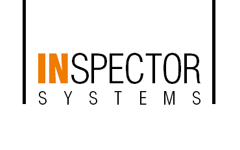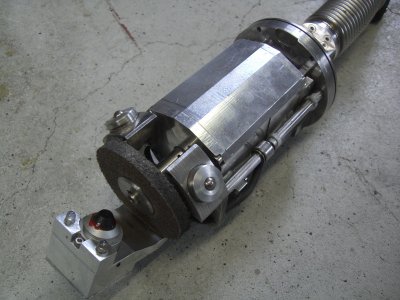Biological contamination of fuels is a sensitive issue wherever large quantities of fuels are needed or stored over a long period of time. When organisms such as bacteria or fungal growth clog the lines and filters of fuel tanks, it is not uncommon for this to lead to the failure of engines and motors.
Numerous different bacteria, yeasts and fungi are known to cause contamination and subsequent degradation of fuels. Reason enough to subject these fuel containers to regular inspections to avoid expensive follow-up costs. For kerosene tanks on airfields, there are special devices for taking bearings and samples to determine the liquid level and to take samples of the fuel.
To take a sample, a sampling vessel is lowered via a rope connection in a perforated sampling tube located vertically inside a kerosene tank and pulled up again after it has been filled. If the roots of the welded joints of the sampling tube are too high, this is equivalent to a reduction of the internal diameter at this point, which leads to an obstruction and thus to a tearing of the rope connection when the kerosene sample is "pulled".
This is exactly what happened in a kerosene high tank with 1,250 cbm tank volume at a military airport of a NATO member. During a decommissioning of the tank for renewal of the tank inner shell, the welding seams in question had to be corrected by internal grinding. One of the smallest grinding robots from INSPECTOR SYSTEMS was used for the inner diameter of 102 mm. This includes a grinding unit specially developed for small pipe sizes with a complex 360° rotating unit including a clamping/centring device as well as a specially tuned grinding motor, which provides the necessary power for grinding weld seams in the smallest possible space.
Through the internal grinding, or a correction of the weld seams, the occasional obstruction will be eliminated when pulling out the sampling vessel and will enable problem-free fuel sampling in the future.


